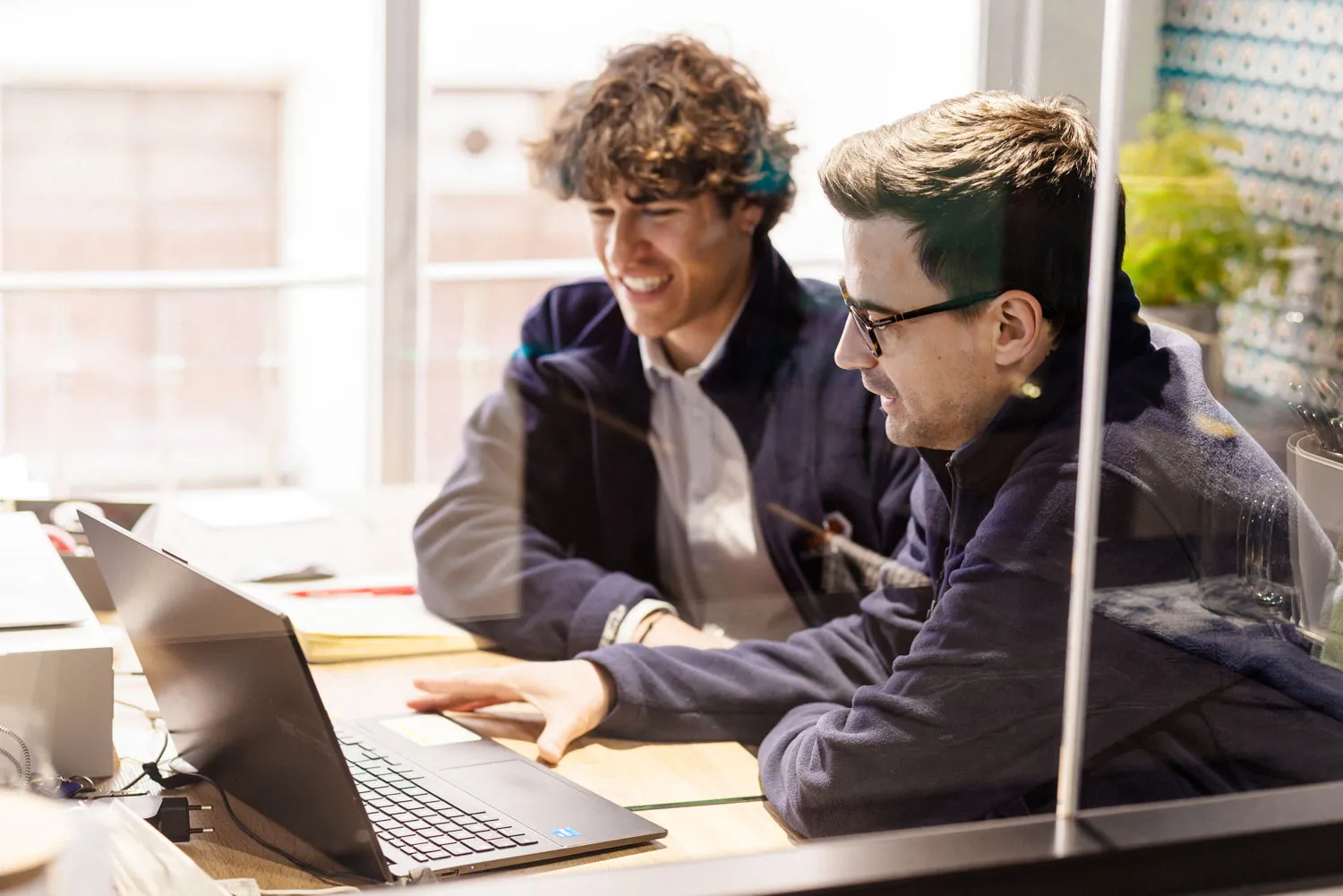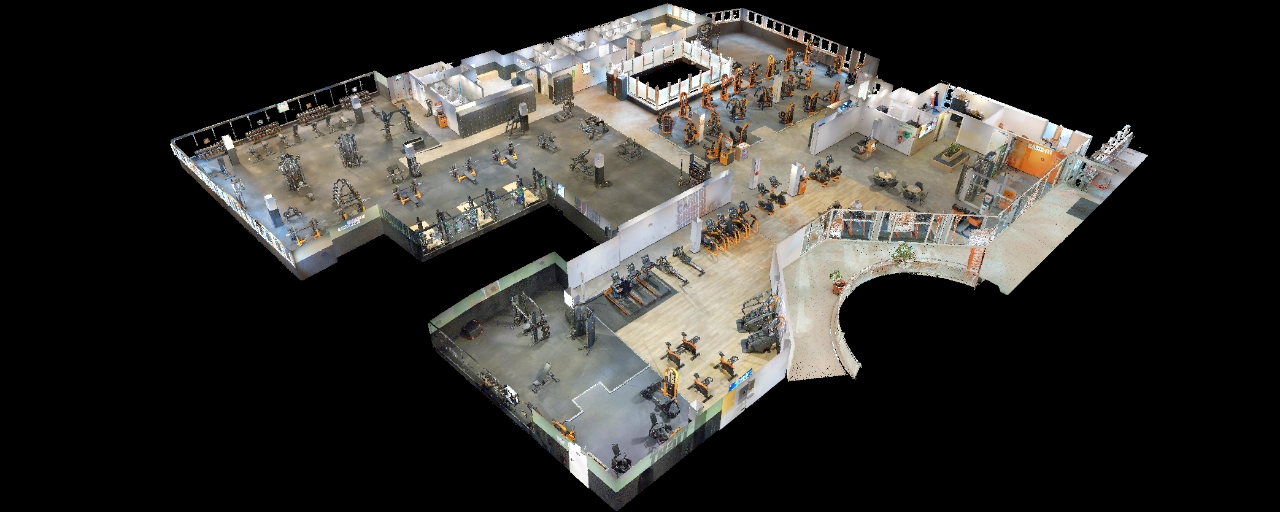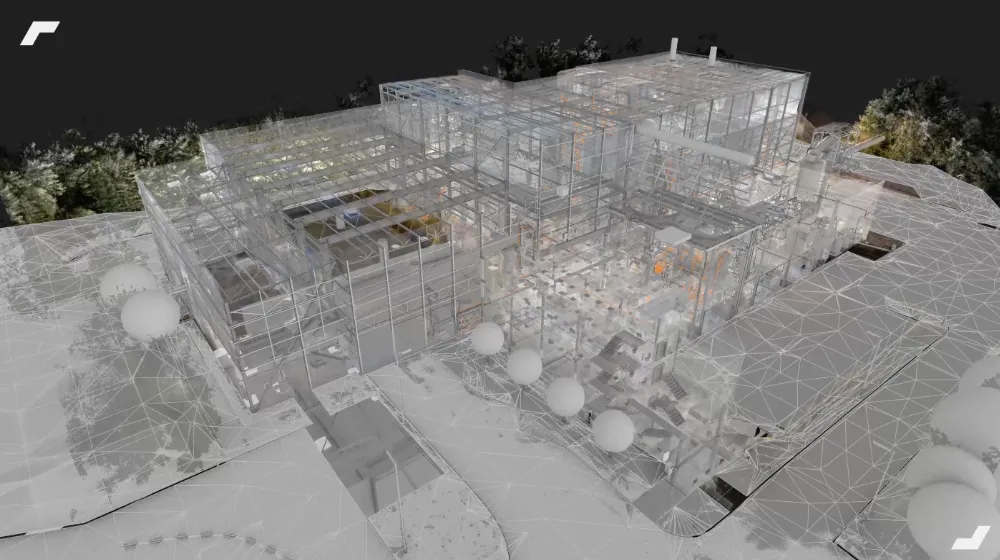
Building Digital Twin or Digital Double: What are the differences?


In our communication, you may have noticed that we are increasingly using the term “digital double” rather than “digital twin.” This is a conscious choice on our part, and I am fully committed to this terminology. Let me explain why.
What is a digital twin?
The term “digital twin” emerged in the 1970s within the industrial sector, coinciding with the advent of computers in design offices. Initially, digital twins were accurate replicas of processes or equipment, created primarily to conduct non-destructive crash tests. This approach was adopted as destroying real vehicles or aircraft proved to be prohibitively expensive.
Over time, the concept of digital twins expanded to other fields, such as production chains, where traditional implementation and testing often resulted in material loss, equipment damage, or waste.A digital twin, therefore, is a virtual replica of a physical object, system, or process. Its primary purpose is to simulate the behaviour, performance, and characteristics of its real-world counterpart.
iTo achieve this, a digital twin requires more than just a static or geometric description; it requires a dynamic model enriched with detailed structural and environmental data. This allows it to predict how the model will respond to specific stimuli or variations in certain parameters.

Digital twin or digital double of buildings?
If we go back to our core business, the digital twin of a building is the most advanced version of the digital model that not only represents its geometric shape or structure, but makes it possible to describe all or part of its operation or the way in which the building will react to certain solicitations or stimulations.
Here are some examples of stimulations and the quantities or subjects studied in the building:
- Production of heat or cold ↔ thermal inertia, heat propagation, thermal bridges
- The sunshine ↔ surface temperatures, exposure to UV radiation, light input
- Attendance ↔ occupancy rate, air quality, noise level, heat input
- The activity ↔ operating load on the slabs, vibrations, propagation of sound, dust, volatile or pathogenic compounds
- Radio networks ↔ coverage, radio signal strength mapping, speed, interference
The digital twin extends the digital double to make it a dynamic model that is more in line with reality, with several levels that could be described as follows:
- Level 0 (the digital double) : model that is spatially accurate but inert and poorly documented
- Level 1 (the extended digital double) : inert model documented only for the intended use
- Level 2 (the digital twin) : dynamic model finely described and documented based on real data measured in real time or archived
The use cases will need to rely on a more or less rich model depending on their purpose, for example, a digital double of level 0 may be sufficient for a simple extension project of a building where a thermal renovation will require at least a level 1.
In conclusion, staying in our building sector, both, digital double and twin, are digital replicas and yet, fundamentally, several elements differentiate them. One, although a faithful representation of reality in a spatial sense, remains inert, poorly documented, where the digital twin integrates a higher level of description and can go as far as the dynamic modeling of its functioning.
So double or digital building twin? The answer is clearly in the use that will be made of spatial data.



Let's study your project together
Contact us, we will study your project to provide you with an estimate as soon as possible
Contact us
To make sure you don't miss out on our news, subscribe to our newsletter now!
Receive quarterly updates directly in your inbox to stay informed about the latest news and events at My Digital Buildings.











